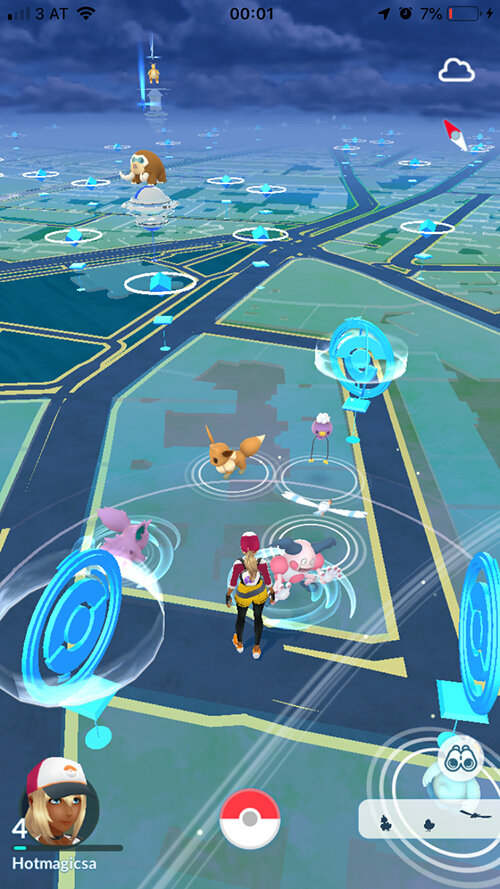How do Phone apps change the way we explore the city?
In the era of omnipresent Wi-fi, free roaming abroad and thousands of city tour apps, our way of discovering the city couldn’t be simpler. You can find the best restaurants recommended by locals, get to know the most rated hipster brunch spots and discover the top 10 hidden city treasures (yet visited by thousands of people who have seen this list before you) This became a new normal and we simply cannot imagine travelling differently these days. On the other hand, I found an interesting phenomenon of the phone apps, that have been designed to serve a different purpose, however, they bring the city exploration to a totally different level! They are not only contributing to the existing urban life but could be seen as strategies for urban development.
Running Apps
If you are a runner, sooner or later you have probably come across a running mobile app. These Apps do not only allow you to track your running routes but also to see the most popular paths in the neighborhood. People can rate the routes, see how popular they are and share their suggestions. In that sense, specific urban areas gain extra attention within a growing community and might result in raising popularity of the aforementioned places in the city. This is an interesting phenomenon, where sport activity has such strong impact on the process of building urban perception through digital means. The relationship between sport and the urbanism is apparently stronger than we think. Moreover, it has an actual potential to become an alternative strategy tool for urban analysis and place making projects.
Dating Apps
Another interesting mobile app that connects the digital world with the urban tissue goes one step further. It spices things up with a magical ingredient - love. Happn - so defined as location based social search mobile app aka Dating app. Its main feature is to connect people who have crossed paths in real life. Yes, it tracks your every move during the day, but also as a result, filters people who tend to have the same favorite spots in the city as you do. Wouldn’t such person get a couple of extra points for it in real life? Enough of promoting dating apps, let’s get back to it’s impact on the urban perception. With lists of landmarks where you are most likely to find love, the app gives certain spots in the city an extra boost of attention. This has potential to be used in place making strategies and in creating new local city centers, that the citizens would have a strong emotional connection with. Whether it is in form of high hopes for love or great memories, they would become meaningful places in people’s mental maps.
Gaming apps
Last example, that comes to my mind is a well known app : Pokemon go. The app, in which the users are supposed to walk around the city and catch the pokemons, that they can see via the built in augmented reality. The Pokestops and virtual gyms, in which pokemons train for battles are the most important places for the Poke Fans. Not many of you know, that these special locations have been carefully chosen to be of a cultural or architectural value for the city. Unique local spots, city landmarks and hidden gems. Whether it was a conscious decision of the game developers to contribute to the city exploration, or not, the result is that some of the players might take their eyes of the phone for a second or two to get back to reality and enjoy their view. A couple of years ago I have teamed up with my fellow student colleague Anne Kamp and organized a city tour using the Pokemon go app. Our main aim was to brainstorm on the topic of public space, trying to create a new definition of it and specify the elements that it consists of. The app helped us to stroll around the city, find interesting public spots and get to know more about the city itself.
Looking at the mentioned examples, Mobile apps have an enormous potential in the place making processes and could be used as a strategy in the urban renovation as well as urban development projects. When you add an extra feature to it, something that is strongly related to a specific group of people, the collaboratively created connection is even stronger from the start. The digital aspect of it allows the urban activation to happen day and night, even when no-one is physically there. Such solutions, despite being accessible and mostly free, are not used much in the field of Urbanism and Architecture. Maybe “The Virtual Place Making” should be officially added to the lexicon of urban development and become an independent field of study?






